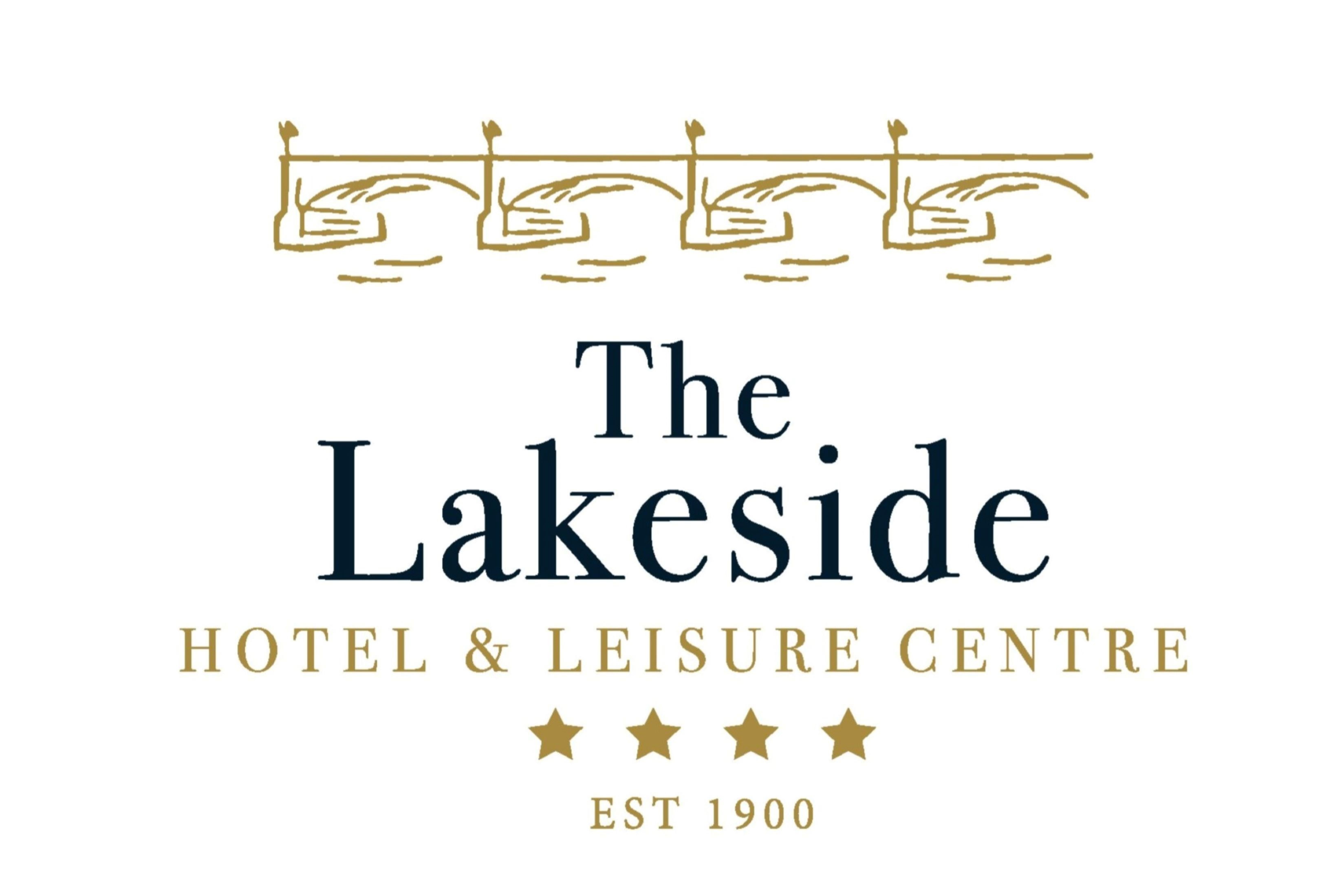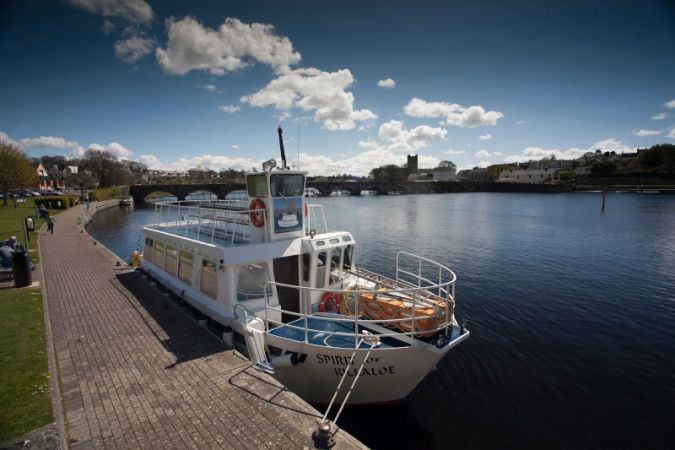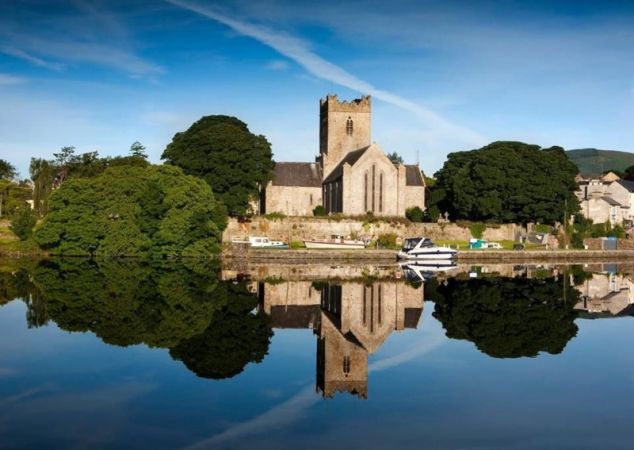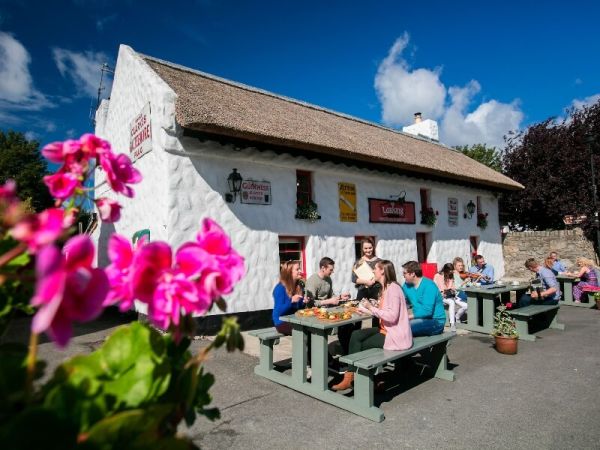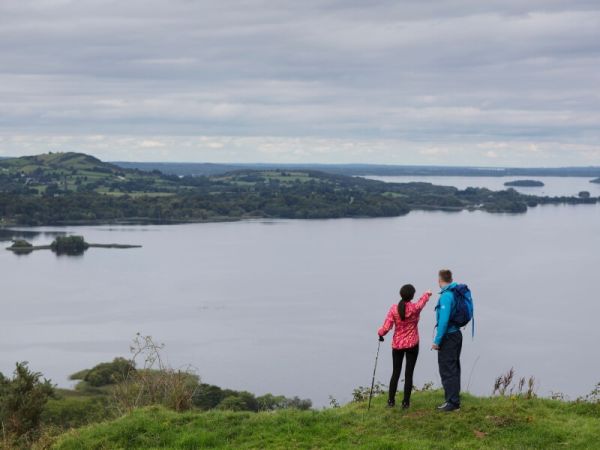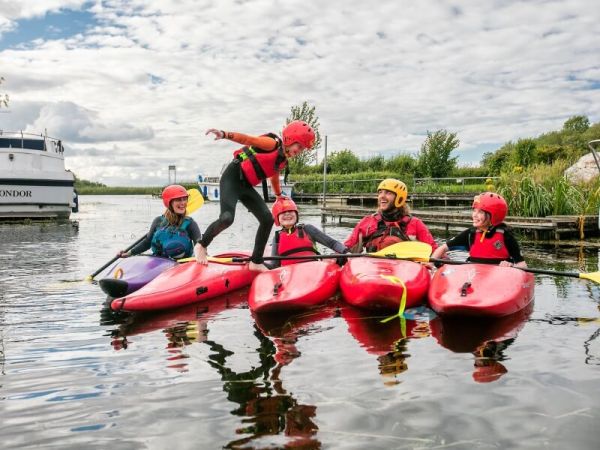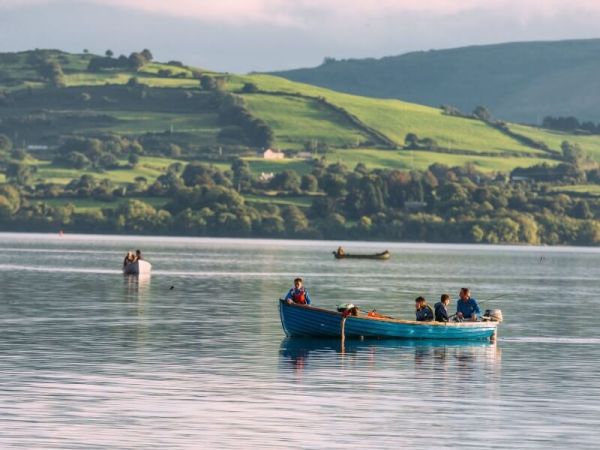History of Ballina / Killaloe
The twin towns of Ballina and Killaloe span the River Shannon at the southern point of Lough Derg. With a vast array of activities whether it be water or land based. Steeped in history, you can explore such breath taking sites such as Brian Boru’s Fort (11th century) and St. Flannans Cathedral (13th Century). With its wide array of restaurants and pubs, Ballina Killaloe has long been Ireland's secret vacation destination delighting all the family.
Killaloe, on the Clare side of the river, is made up of charming narrow streets, flanked by old shops along the steep hill looking down over the 13th century cathedral. The town was home to Brian Boru, the High King who united Ireland against the Vikings, so this picture perfect town with its Victorian streets and old canal banks was once capital of all Ireland.
Ballina on the Tipperary side, offers a newly rejuvenated tree lined Park along the riverbank on what was once a railway line, with plentiful moorings and Derg Marina catering for the leisure craft that make Killaloe/Ballina one of the best centres for water activity breaks in Ireland. You will find first-class pubs and eateries along the Main Street and old quayside.
The 11th century seat of heroic King Brian Boru, is now the serene centre of leisure activity on Ireland’s natural water park, Lough Derg. Killaloe bridges the centuries, as well as connecting counties Clare and Tipperary with its distinctive 13 arch bridge linking Killaloe to the pretty village of Ballina. Here one can while away the hours observing or participating in cruising, sailing, and a range of water activities.
The 12th-century Romanesque St. Flannan’s cathedral (only a minutes walk from the heritage centre), is unique for its stone carvings featuring Ogham and Runic inscriptions, in the grounds of the cathedral is the 11th Century St. Flannan’s oratory with its perfect stone roof.
On the hill above the Cathedral (straight up Main Street) where the Catholic Church now stands was once the site of Boru's palace 'Kincora'.
In the grounds of the Catholic church now stands St Molua’s oratory, it originally stood on Friar’s Island in the Shannon, but was removed and re-erected there when the island was flooded and submerged with the opening of the Shannon Hydroelectric Scheme in 1929.
St. Molua (or St. Lua) is the 6th Century hermit who probably brought Christianity to the area and after whom Killaloe was named (Church of Lua) (Cill = Church).
The Killaloe canal was opened in 1799 to bypass the rapids on the river. It was a vital link in the navigation route between Limerick and other ports on the Shannon. The canal became redundant in 1929 when the water level was raised over the rapids due to the opening of the hydro-electric station at Ardnacrusha.
